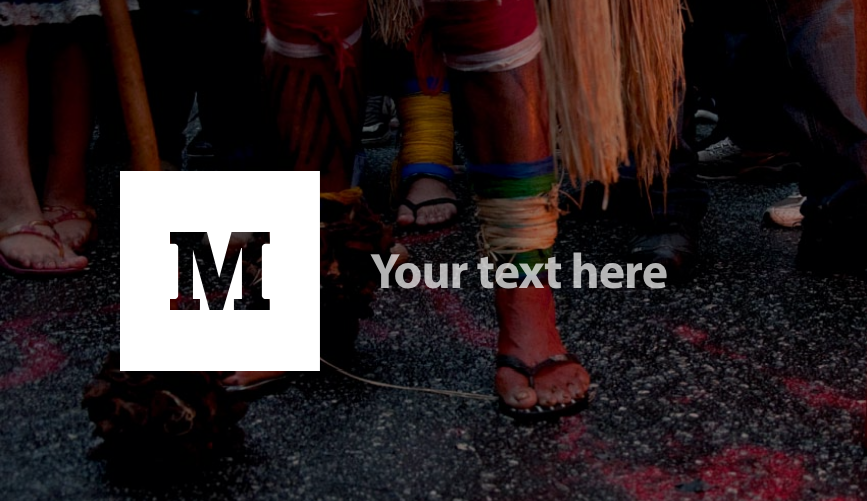Save 50% on a 3-month Digiday+ membership. Ends Dec 12.

Another day, another new distraction — or as my editor Brian Morrissey calls it, a YAP: Yet Another Platform. Yesterday the grand Internet publishing experiment continued with the launch of Medium, brought to you by Evan Williams and Biz Stone, the guys who gave us Twitter. Medium, as the name would imply, sets out to be the Goldilocks of publishing: not too short, not too long, just the right length of formatting. Great. Only one question: how will it make money?
Williams and Stone are attempting to “rethink publishing.” What that entails is still anyone’s guess. Medium’s idea is to celebrate content and not the author, so that topic trumps author, a blend of blog, social network, photo-sharing site.
Medium faces an uphill battle on three fronts: no advertising (so no revenue unless they charge for use, which leads to); who will use it (“beyond an initial crowd of try-anything-once types,” as Nieman Labs points out, because…); there are already other platforms to do this.
One of the truisms of media (old and new) is that technology and advertising are in the driver’s seat. We’ve seen how technology has upended the publishing landscape. It may sound reductionist, but advertising, no matter your personal feelings about it, is vital for a publisher. Show me a publisher who can survive without any form of advertising and I’ll show you a cat riding atop a unicorn through a rainbow.
More in Media

As big brands flood the podcast ad space, startups are refining strategies to stand out
While a influx of big advertisers is good news for podcast companies, it also makes it more challenging for small- to mid-sized brands to stand out in the space.

Meta enters AI licensing fray, striking deals with People Inc., USA Today Co. and more
The platform has secured seven multi-year deals with publishers including CNN, Fox News, People Inc., USA Today Co to incorporate their content into its large language model (LLM) Llama.

European publishers say the Digital Omnibus ‘cookie fix’ leaves them worse off
The European Union’s attempt at a legislative spring clean for Europe’s web of data privacy rules, has landed flat with publishers.





